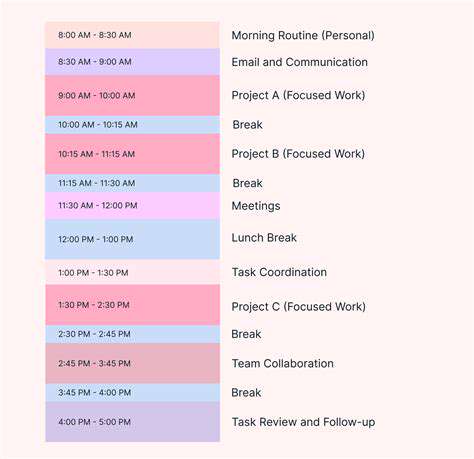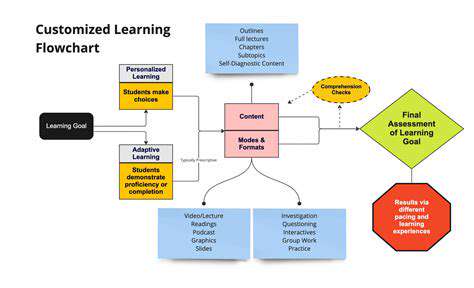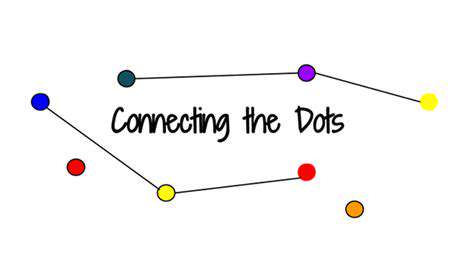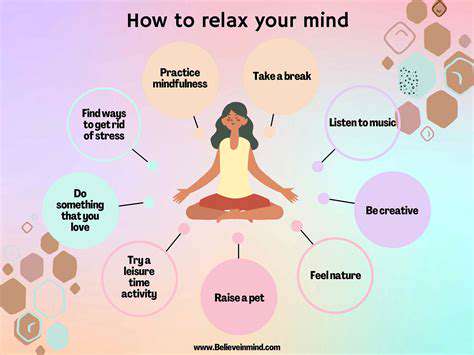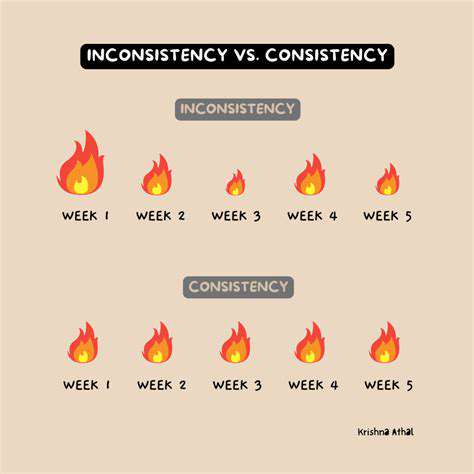Guide to Workplace Negotiation Skills
Key Elements of Effective Workplace Negotiation
Mastering workplace negotiations starts with self-awareness. Before entering any discussion, clarify your non-negotiables versus areas where you can bend. Imagine preparing for a budget meeting: you'd analyze cost projections but also study your counterpart's past decisions to predict their priorities. This dual preparation—knowing your limits while anticipating theirs—separates adequate negotiators from exceptional ones.
The atmosphere during talks matters as much as the content. Skilled negotiators maintain an open posture and measured tone even when discussions grow tense. They employ tactical pauses after proposals, allowing space for reflection. When disagreements arise, they reframe obstacles as shared challenges—How might we adjust timelines to meet both our quality standards and your launch date? This collaborative language keeps conversations productive. Always conclude with written summaries to prevent later misunderstandings about who agreed to what.
Strategies for Successful Workplace Negotiations
Adaptability distinguishes effective negotiators. Some situations demand firmness (like contract renewals), while others benefit from creative flexibility (such as cross-departmental collaborations). Take the case of a marketing team needing IT support; framing requests around shared KPIs yields better results than demanding assistance. Emotional regulation is equally vital—notice how top executives maintain steady composure when negotiations stall, using humor or breaks to reset tensions.
Principled negotiation techniques prove invaluable. Instead of fixating on positions (We must have 10% more staff), focus on interests (We're concerned about meeting deadlines without compromising quality). This subtle shift invites solution-building rather than entrenched debates. Pair this with active listening—paraphrasing the other side's points to confirm understanding—and you'll often uncover hidden alignment points that accelerate agreements.
Preparing for Successful Workplace Negotiations
Understanding Your Needs and Goals
Thorough preparation transforms negotiation outcomes. Begin by mapping your objectives across three tiers: ideal targets, acceptable compromises, and absolute deal-breakers. For instance, when negotiating remote work arrangements, you might prioritize core in-office days while remaining flexible on which days those are. This tiered approach prevents reactive decisions under pressure. Supplement this with scenario planning—how would you respond if the other party cites budget constraints? Anticipating these exchanges builds confidence and agility.
Researching the Other Party and Context
Effective negotiators think like detectives. Before salary discussions, investigate industry benchmarks through sites like professional salary guides, but also mine LinkedIn for the hiring manager's background. Discovering they previously worked at a startup might explain their lean staffing preferences—intel you can use to propose phased hiring plans. For vendor negotiations, review their recent press releases; a company emphasizing sustainability may value environmental concessions over pure cost savings.
Developing a Negotiation Strategy
Construct your approach like a chess player. Identify opening moves (perhaps sharing industry data to establish credibility), mid-game tactics (conceding on low-priority items to gain leverage elsewhere), and endgame scenarios. When planning a partnership agreement, prepare multiple package options—this makes the other party feel they're choosing rather than being cornered. Always have a BATNA (Best Alternative To Negotiated Agreement) clearly defined; knowing your walk-away point prevents desperate concessions.
Mastering Communication and Active Listening
The rhythm of negotiation resembles a dance—speak, then truly listen. When presenting your case, use the PREP method: Position (state your view), Reason (explain why), Example (provide evidence), Position (restate your stance). Notice how skilled mediators paraphrase concerns—So your main worry is the implementation timeline?—to confirm understanding before responding. This methodical approach prevents talking past each other and surfaces the real issues faster.
Building Rapport and Trust
Trust accelerates negotiations exponentially. Simple techniques like discovering shared connections or acknowledging the other party's constraints (I understand Q4 is your busiest season) build goodwill. In tense situations, skilled negotiators reference past collaborations—Remember how we solved the shipping delays last year?—to reactivate cooperative mindsets. These touches create psychological safety where creative solutions emerge naturally.
Managing Difficult Situations and Closing the Deal
When talks stall, redirect focus to objective criteria. If a client balks at pricing, shift to value metrics—This premium service reduces your customer churn by 15%, which translates to $X in retained revenue. For emotional impasses, try the third story technique: describe the conflict as a neutral observer might, which often reveals middle ground. Finalize with precise language—instead of We'll deliver soon, specify First draft by March 15, final version by April 2. This clarity prevents post-negotiation disputes.
Strategies for Effective Communication During Negotiations

Active Listening Techniques
True listening in negotiations resembles an archaeological dig—you're uncovering layers of meaning. Beyond nodding, try the 3Rs method: Repeat key phrases verbatim to show attention, Reflect emotions (You sound frustrated about the timeline), and Request clarification (When you say 'flexible,' what specifically would that look like?). This depth of engagement often reveals unstated concerns—like discovering a department's resistance stems from unaddressed workload fears rather than the proposal itself.
Clarity and Conciseness
Precision wins negotiations. Compare these approaches: We need better terms versus To meet our quality standards, we require payment terms shifting from net-30 to net-45 for this project. The latter version gives the other party concrete parameters to work with, reducing back-and-forth. Use numbered lists when presenting multiple points—this structures complex information digestibly. Always end summaries with checkpoints: Does this align with your understanding? ensures everyone leaves with the same interpretation.
Nonverbal Communication Cues
Your body speaks volumes before you utter a word. In high-stakes negotiations, mirror the other party's posture and energy level (subtly) to build subconscious rapport. Watch for micro-expressions—a fleeting frown when mentioning costs may indicate where their real resistance lies. Control your own tells: nervous foot-tapping undermines confidence, while steepled fingers can signal undesirable stubbornness. Videotaping practice sessions helps identify these unconscious habits.
Choosing the Right Medium
Channel selection shapes negotiation dynamics. Complex contract discussions demand face-to-face meetings where nuances are visible, while straightforward renewals may suit emails. For sensitive topics, consider walking meetings—the side-by-side positioning and physical movement often reduce confrontational posturing. When cultural differences exist, research preferences; some Asian business cultures value in-person relationship building before substantive talks. Always confirm important points in writing regardless of the primary medium used.
Physical strain remains a primary culprit behind muscle tension. Pushing your body beyond its conditioned limits frequently results in muscular stiffness, particularly when proper recovery periods are neglected.
